Senbon Shakado, Kyoto’s Okame Temple
The Onin War devastated Kyoto–burning much of the city to ashes. Even today there are still reminders of this war throughout the city—as long as you know where to look.
In the Nishijin district is a temple that survived not only Onin War but also several large fires. Since the Kamakura Period (14th century ) Daihoon-ji, or better known as Senbon Shakado , has changed little.
Senbon Shakado
Upon entering the temple ground, you will see the hondo, which survived Onin War.
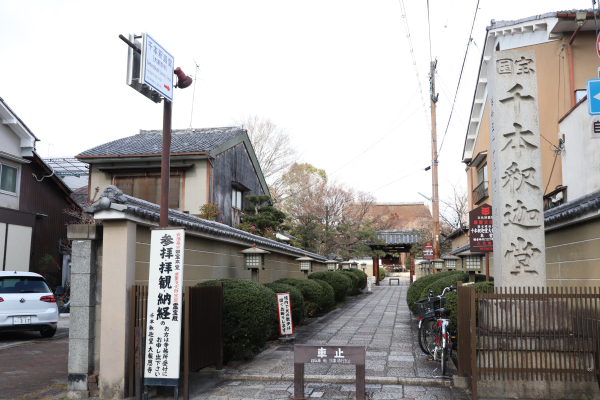
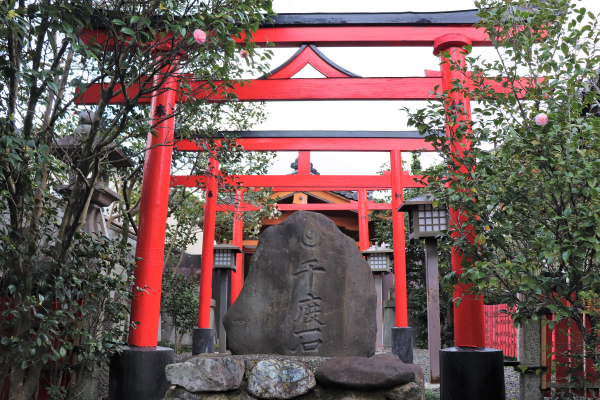
Built in 1227 the hondo clearly exhibits characteristics of the oldest Japanese temple architect style, wayo. Temples build completely in the wayo style are very rare in Kyoto; making this building a national treasure. Senbon Shakado predates even other, famous temple in Kyoto, such as Sanjyusangen-do, and as far as I know this is the oldest hondo in Kyoto city center.
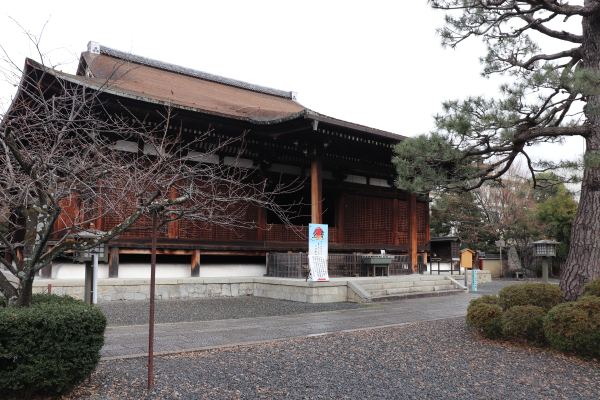
Okame’s Tale
It is impossible not to notice the giant statue of a woman on the temple grounds. In fact, her face is everywhere! Her name is Okame, and she is very familiar to most Japanese people.
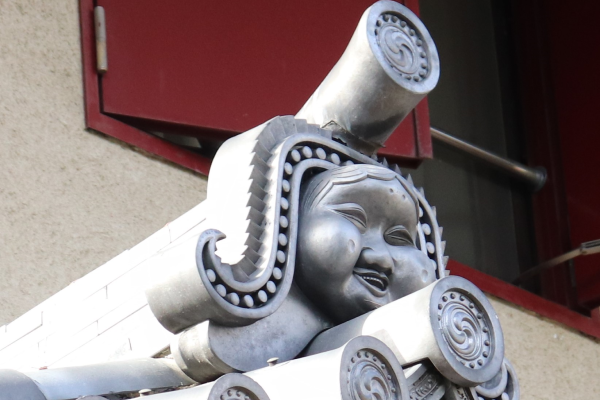
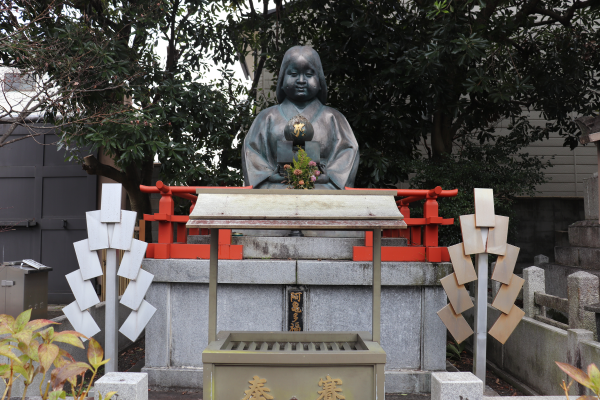
So, why is she here? According to temple legend, Okame was the wife of the head architect of the temple. One day, he made a mistake and cut a pillar too short. At a loss, he consulted his wife Okame, who told him he could fix the problem by using additional beams. Thanks to her advice, he finished the temple.
However, Okame, worried that if people suspected that she helped build the temple, her husband’s name would come to ruin. In order to protect his reputation, she committed suicide before people anyone could realize what transpired.
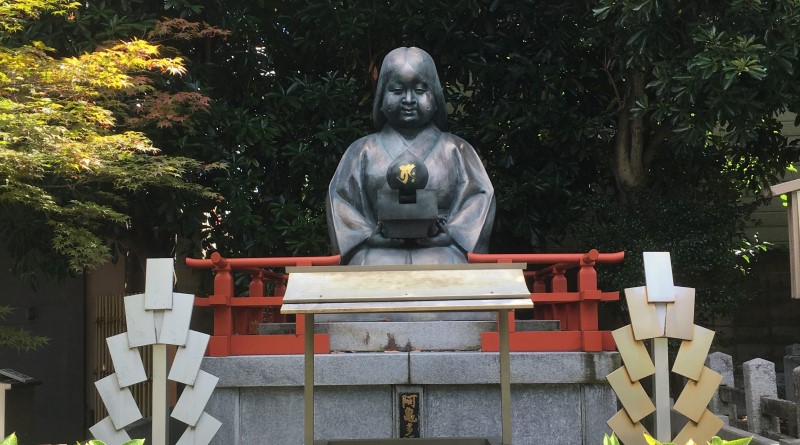
Leave a Reply